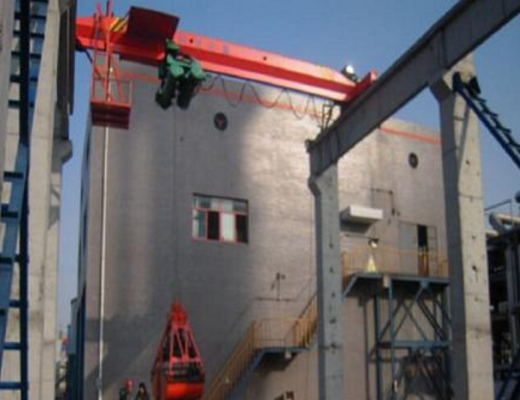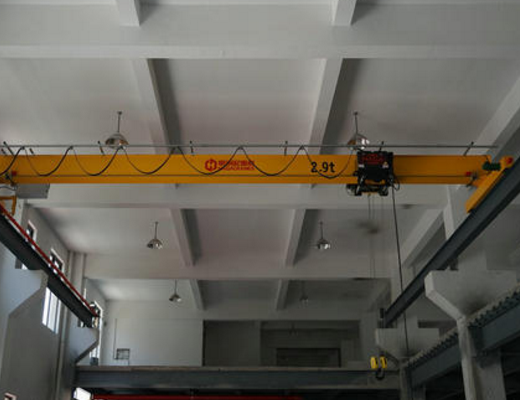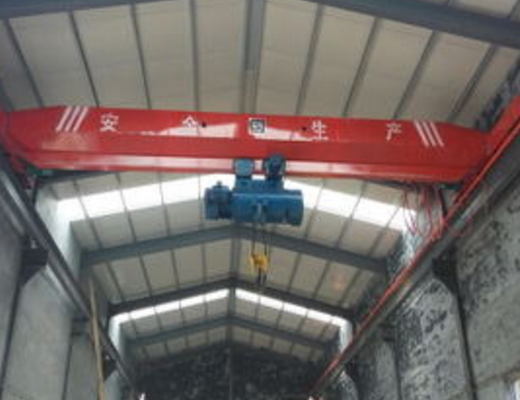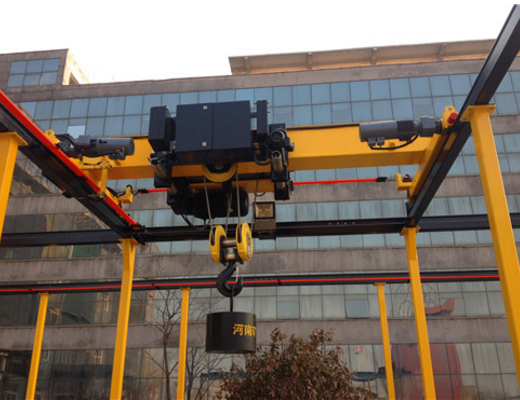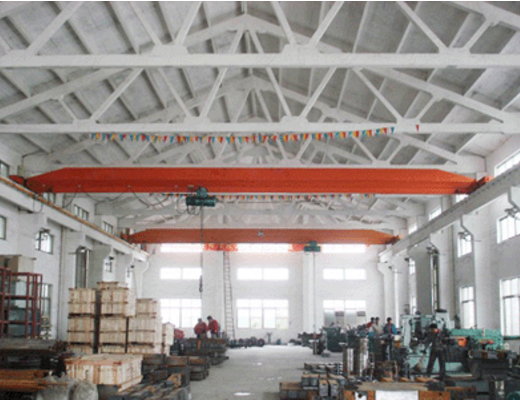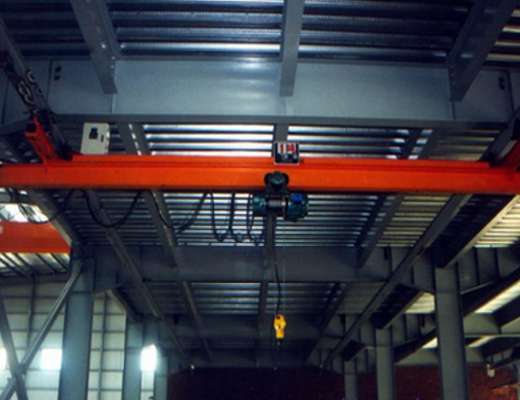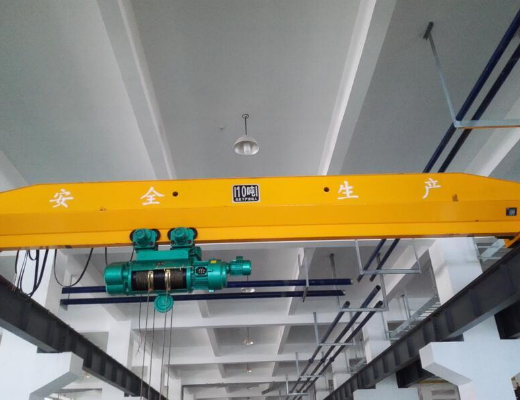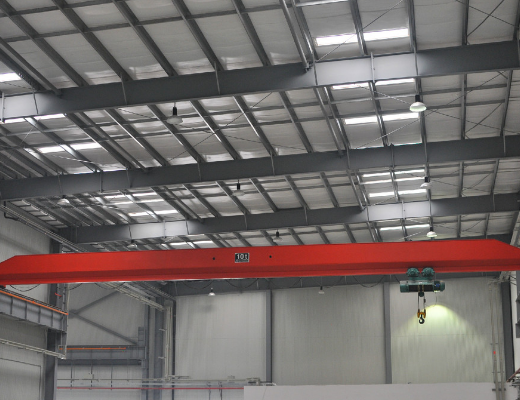Zhongtian Heavy
ABOUT US
Henan Zhongtian Heavy Industry Hoisting Machinery Co., Ltd., hereinafter referred to as the company. The company is mainly engaged in the manufacturing and sales of road and bridge engineering portal cranes, bridge erectors, bridge cranes, new cranes, various electric hoists and crane accessories; the company has advanced production equipment and strong technical force. Products are widely used in ports, docks, machinery, metallurgy, mining, electric power, railways, water conservancy, automobiles, papermaking, chemical industries and other industries.
Establish in
Product category
Customer service

COURAGE TO INNOVATE
Mainly engaged in road and bridge engineering door machine, bridge machine, bridge crane, new crane, electric hoist and crane accessories manufacturing and sales





GROUP NEWS
CUSTOMER SUCCESS
Specializing in the production, manufacture and sales of cranes




